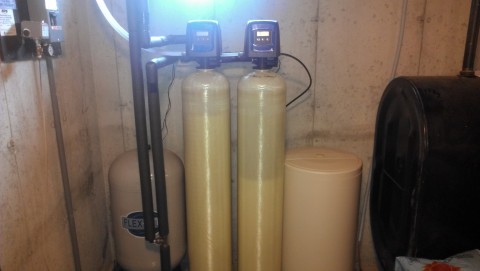Q: How long do water pumps last?
A: Water Pumps generally last between 10-15 years.
Q: How can I tell if my water tank is working properly?
A: A properly working water tank should be able to cycle your water pump for a minimum of 30 seconds. To determine this, have someone turn on a water faucet and stand by the water tank, when you hear a click, time how long it takes before it clicks again & that is your total time. Anything less than 30 seconds indicates your tank needs to be serviced. If you here a rapid clicking sound that means your water tank has a ruptured bladder and needs to be replaced immediately. Not replacing your tank will cause permanent damage to your water pump.
Q: What should I do if the water stops working?
A: If you notice the water has stopped working go to your circuit breaker panel and turn the water pump breaker to the off position. Then call us to come diagnose the problem.
Q: What area does Clearwater Well Drilling service?
A: Clearwater services from Bangor to York with locations in Hartland & Standish.
Q: Does Clearwater Well Drilling provide free estimates?
A: Yes, Clearwater provides free estimates.
Q: Does Clearwater Drill in Cold Weather?
A: Yes, we drill year round.



